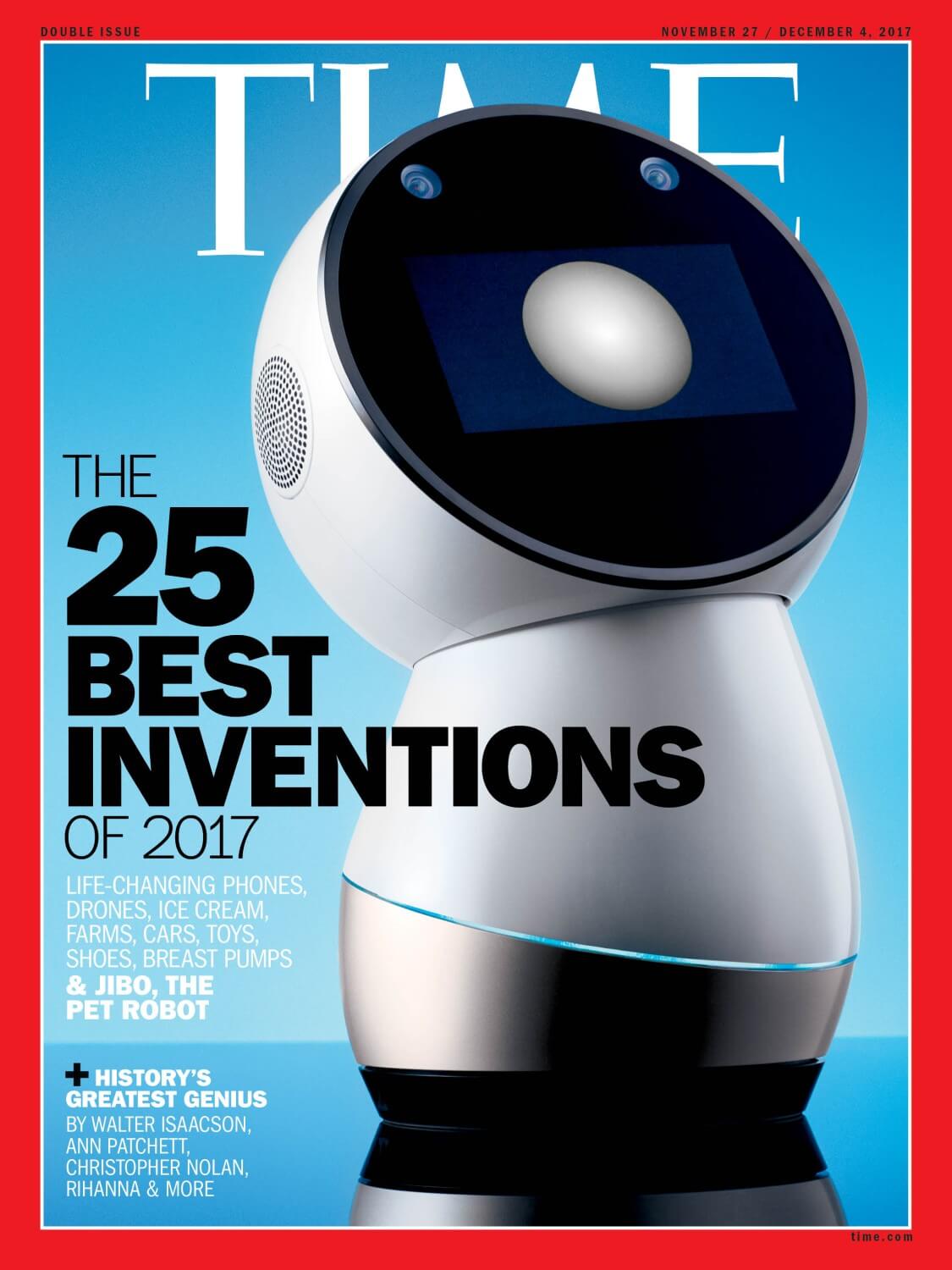‘First Principle Ideation’ is a method of inquiry that seeks to uncover novel solutions to existing problems by breaking them down to their most fundamental parts. The term comes from an ancient philosophy called “first principles.”
According to ancient philosophy, the term was coined almost 2,300 years ago by Greek Philosopher, Aristotle. He proposed that by understanding a subject's fundamental principles, those “things better known and clearer to us.”
First Principle is an important first step for evaluating systems — whether in philosophy, personal life, business.
There’s no bigger proponent of this idea than Elon Musk. He believes that,
“It’s important to reason from first principles rather than by analogy. So the normal way we conduct our lives is, we reason by analogy. We are doing this because it’s like something else that was done, or it is like what other people are doing… with slight iterations on a theme. And it’s … mentally easier to reason by analogy rather than from first principles. First principles is kind of a physics way of looking at the world, and what that really means is, you … boil things down to the most fundamental truths and say, “okay, what are we sure is true?”
Musk admits that thinking in first principles "takes a lot more mental energy," but can produce groundbreaking results.
“It is important to view knowledge as sort of semantic tree. Make sure you understand the fundamental principles, ie the trunk and big branches, before you get into the leaves/details or there is nothing for them to hang on to.” - Elon Musk
Defining the Problem
Identifying a problem isn’t as easy as looking at something and saying, ‘it doesn’t work.’
A problem is a situation in which something important has happened but we don’t know why. Evaluation of the problem requires using the correct research methodology. Which research technique should you use? Some techniques create their own problems so it’s important to evaluate which is best given the circumstances.
To truly identify a problem you must first define the clear set of issues (or symptoms) that led to the problem -- like decreased sales, loss of market share, and decreased web traffic.
Problems are a result of individual symptoms.
Elon’s Problem:
“Somebody could say — and in fact people do — that battery packs are really expensive and that’s just the way they will always be because that’s the way they have been in the past. … Well, no, that’s pretty dumb… Because if you applied that reasoning to anything new, then you wouldn’t be able to ever get to that new thing…. you can’t say, … “oh, nobody wants a car because horses are great, and we’re used to them and they can eat grass and there’s lots of grass all over the place and … there’s no gasoline that people can buy….”
Deconstructing the Problem
This step is most like a ‘Situation Analysis.’ According to Wikipedia, a situation analysis refers to a collection of methods that managers use to analyze an organization's internal and external environment to understand the organization's capabilities, customers, and business environment.
Situation Analysis seeks to:
- Identify relevant info
- Understand the research problem.
Questions to Ask:
- What do you want to accomplish?
- What is true about the situation?
- What you should do to achieve #1 in light of #2?
Elon's Analysis
“historically, it costs $600 per kilowatt-hour. And so it’s not going to be much better than that in the future. … So the first principles would be,..what are the material constituents of the batteries? What is the spot market value of the material constituents? … It’s got cobalt, nickel, aluminum, carbon, and some polymers for separation, and a steel can. So break that down on a material basis; if we bought that on a London Metal Exchange, what would each of these things cost?”
Potential Solutions
Potential solutions or hypotheses should be guided by your organization’s strategic objectives. It’s important to keep this in mind because a disconnect between product, engineering, and sales can result in the Pontiac Aztec.
Do you remember Jibo, the cute robot that was featured on Time Magazine’s front cover as one of the top ‘25 Best Inventions of 2017’?

By the Summer of 2018, the company had seized to exist. After burning through nearly $73 million in venture capital the social robot maker laid off its staff, sold it assets and closed it doors forever.
Jibo the robot is one of the best examples of product design. It's both sleek and sexy and fulfills an inherent expectation about how robots should look. So what went wrong? Mainly, no one NEEDS an $899 product that shares similar capabilities as a $39 Amazon Echo. Its makers failed to consider pricing, competition, and even the problem they were aiming to solve.
Steve Jobs failed during his first stint at Apple because he failed to understand his customers. He took out ads explaining the technical complexities of computers and how they worked. People still didn't buy. It wasn’t until he learned that customers felt intimidated by technology and simply wanted a less intimidating way to interface with it that Apple took off.
Apple positioned itself as the brand to go to if you wanted to relax, enjoy music, and express yourself in the infamous "I'm a PC and I'm a Mac" campaign.
Ironically, Apple began selling more computers when they stopped selling computers and started selling solutions to people's fear of technology. Point is, we don’t want to sell solutions to a customer’s high-level problems. Instead, we want to show empathy for their high-level problems and sell solutions to their underlying problems.
People’s desire to resolve internal problems are a greater motivator than desire to solve high level problems. This is why thinking in First Principle is so powerful. It allows us to uncover insights that we didn't know existed.
Next, you’ll want to evaluate each potential solution using methods like a SWOT analysis. The information collected from your situation analysis should help with this.
Elon uncovered the true price of the materials needed to build better batteries. He understood that in order to accomplish his greater goal of saving the planet, he needed develop a more efficient source of power.
Elon’s Hypothesis:
It cost like “$80 per kilowatt hour [to procure the materials necessary for building a battery]. So clearly you just need to think of clever ways to take those materials and combine them into the shape of a battery cell and you can have batteries that are much, much cheaper than anyone realizes.”
Analyze, Test, Validate
Once you’ve evaluated your potential solutions, you should prioritize them according to which solutions most greatly impact your company’s strategic goals. The goal here is to test your solution relative to your company’s vision. This is usually done through a combination of qualitative and quantitative research methods.
Quantitative Analysis: Measure of how the audience behaves.
- Done within the app, the website, and analytics software.
- Patterns are identified from the data and a hypothesis is formed on what can be changed to get meaningful actions from users.
Qualitative Analysis: This is a measure of what the audience wants.
- Ethnographic Studies, focus groups, one-on-one interviews.
So, what methods are the best for testing your solutions? That depends on your product. Ultimately, you’ll have to find what works for you.
Commercial Insights
Once you’ve done your research, analyzed data, and derived patterns, it’s time to create your commercial insights.
So what’s a commercial insight? It’s a compelling, defensible perspective that materially impacts a customer’s problems and directly leads back to your company’s unique strengths. It is developed by combining facts, data, industry trends, experiences and observations with customer needs to create a unique conclusion. It does 3 things:
- Highlights your company’s unique strengths
- Challenges customer assumptions
- Catalyzes action
- Scales across audiences
The litmus test is simple if you provide your audience with a content—whether an infographic, white paper, or collateral—identify the moment, the paragraph, the bullet where you look the customer in the eye and tell them what they’re currently doing is wrong (not literally!).
Elon Musk’s Commercial Insight:
“Contrary to popular belief, batteries aren’t actually expensive. In fact, we’re developing a battery that’s better quality and 6x less expensive than the competition.”
Wait, what? Batteries aren’t expensive and they’re better quality?? Tell me more!
Commercial insights are all about finding new ways to solve old problems in more interesting and efficient ways.
Lessons Learned
There's an old saying that goes, "Two heads are better than one." But then there's another saying that goes, "Too many cooks in the kitchen spoils the broth."
Which one is right?!?! Neither.
First Principle Ideation mitigates the effects of these conflicting ideas. There are neither too few or too many cooks anywhere. There's only poor coordination and leadership. By taking a time to understand your products and your customer's most fundamental needs and problems, you mitigate the possibility of building a product no one needs and position yourself to build a product that people want to buy.


















 Follow us on LinkedIn
Follow us on LinkedIn




.svg)
Start the conversation
Become a member of Product Marketing Alliance to start commenting.
Sign up now